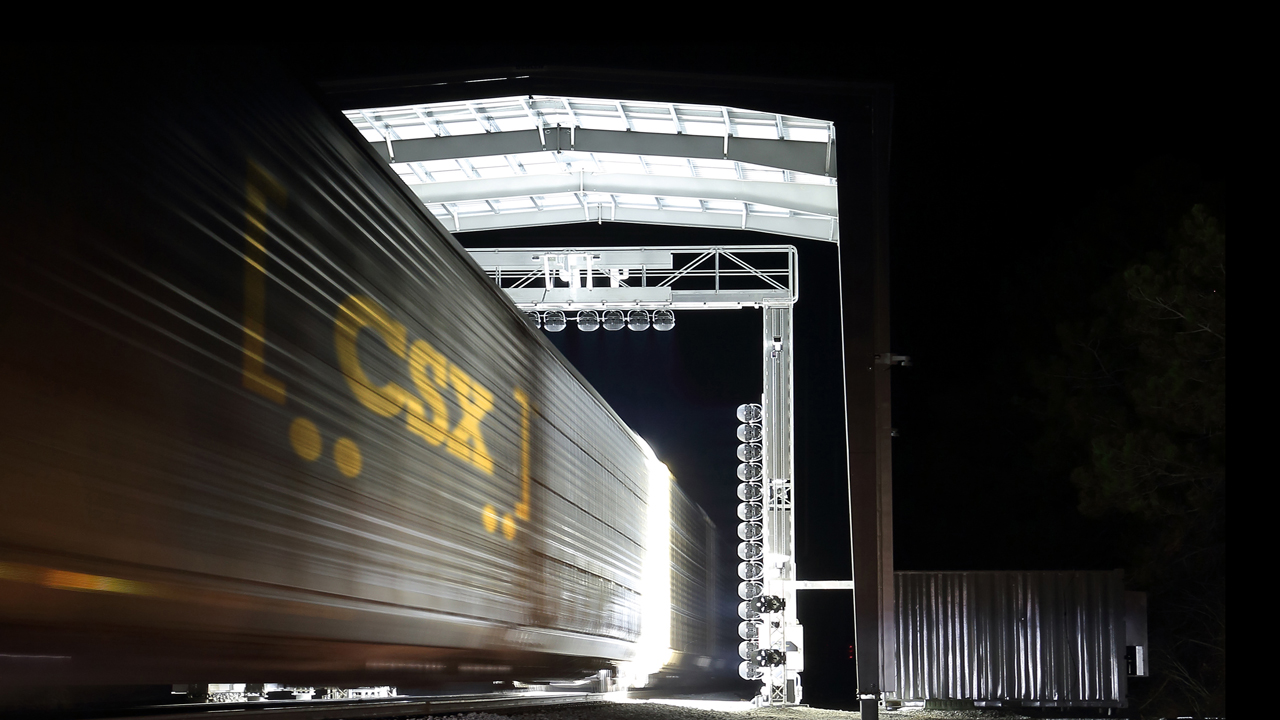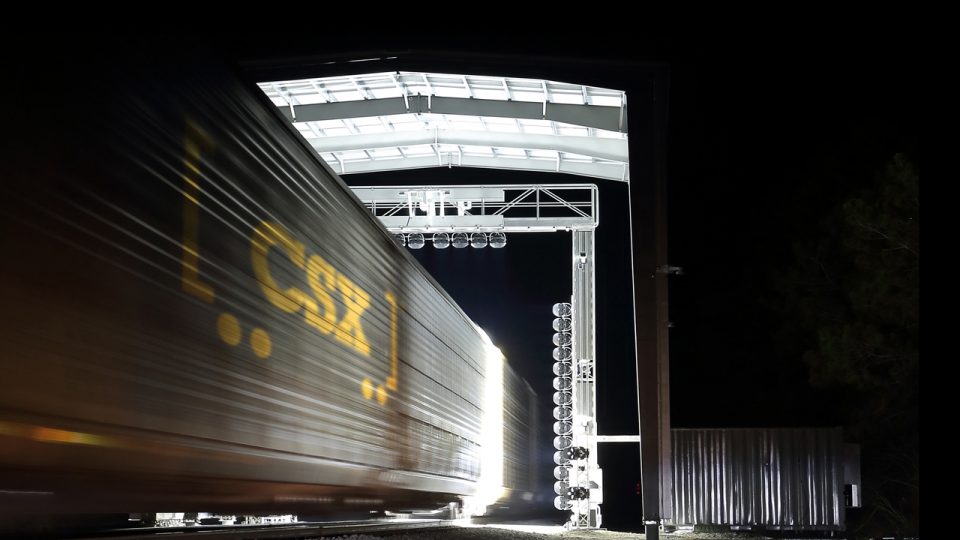Written by
Michael F. Gorman

In the past decade, most Class I railroads have adopted what has come to be called Precision Schedule Railroading. PSR entails railroads running longer trains on fixed schedules, thereby allowing them to potentially carry significantly more freight on a rail network more reliably and at lower cost.
However, PSR is not without its critics; for instance, veteran railroad consultant Jim Blaze recently penned a provocative article in Railway Age condemning the implementation of PSR as an abject failure, beset by poor performance and unhappy shippers, and suggested that it be largely abandoned.
While Blaze is not alone in opposing PSR—various unions as well as their allies in Congress have pushed for legislation that would force railroads to largely dismantle it—the notion that it should be declared a failure doesn’t make too much sense.
For starters, it is simply way too soon to impose a verdict on PSR. Most railroads have only implemented PSR in the past five years, and for most of them it entailed a gradual adoption that took a number of years. What’s more, as a railroad consultant myself I can attest to the fact that while the railroads may have made the necessary investments for PSR, making the necessary corresponding changes to corporate culture and the traditional ways of doing business is another chore unto itself that is far from completed. PSR is a massive undertaking that affects every aspect of rail operations, and bureaucratic resistance remains in every company.
We should also keep in mind that the past few years have been anything but ordinary when it comes to logistics and freight transport, and that judging any changes to logistics operations based on how it performed in the past two years is rather unfair. Once a vaccine was distributed and people began returning to work—and travel—en masse, railroads (and most other industries) found themselves facing labor shortages, supply chain challenges and backups at international shipping ports.
In the past few months, the war in the Ukraine has further disrupted business and upended entire markets. All of these have increased the stresses faced by rail operations in the U.S. To assert that PSR and not the whipsawed national economy is to blame for the reduction in on-time performance for shippers defies common sense.
The data Blaze presents to make his case bears this reality out. For example, while he claims that on-time performance for CSX carload has degraded, the fact is that this statement is not supported by the evidence he provided. The CSX data he presents shows a dramatic improvement in on-time performance from 58% in 2018 to 83% in 2020. Unsurprisingly, on-time performance receded in the past two years and stands at just 64% today, but to attribute all of the diminution to PSR and not even mention the pandemic in the critique is baffling. It’s also worth noting that 64% is still significantly above the performance when PSR began in earnest.
Blaze shows a similar graph for intermodal on-time performance as his exhibit B. That graph shows a 67% rate in 2018, a sharp improvement to 96% by the first quarter of 2020, and a current on time performance of 87%—again, down from pre-COVID but well above the pre-PSR rate, despite the various supply shocks that continue to buffet our economy.
Rather than acknowledge that PSR achieved an improvement, Blaze resorts to an unsubstantiated claim that Conrail (a CSX predecessor) could achieve a 95% on-time performance, allowing him to again declare PSR a failure.
Any rail logistics professional knows that comparing CSX intermodal to Conrail—which transitioned from a Class I when it was split up by CSX and Norfolk Southern into a switching and terminal railroad nearly a quarter century ago—doesn’t make a whole lot of sense. There are massive differences in the scale of operations of the railroads today: Volumes on today’s railroads—both in total and per-mile volumes—are much greater than they were in the 1990s, as are more precise measurement systems, and loftier service goals. Even shipper expectations and the very metrics used by shippers have changed over the past quarter-century, and there is simply no way to make such comparisons—or claims.
Railroads, like all other businesses, strive to improve productivity, and the evidence clearly shows that the PSR carriers did boost productivity and performance before the pandemic wreaked havoc with the country’s supply chain. Claiming that its inability to maintain its performance gains during the past two years is a mark of failure, again, doesn’t make that much sense.

Michael F. Gorman, Ph.D., is Niehaus Chair in Business Analytics and Operations Management in the Department of MIS, Operations and Decision Sciences, University of Dayton School of Business.


